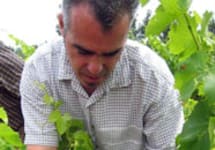Clos du Caillou Chateauneuf-du-Pape Les Safres Blanc 2017
-
Wine
Enthusiast -
Robert
Parker -
Jeb
Dunnuck
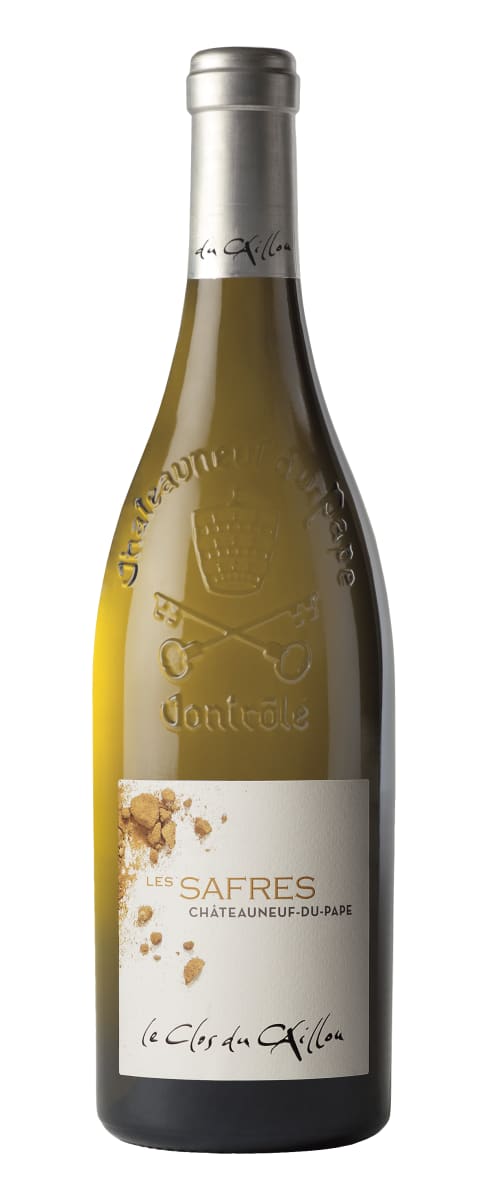


Product Details
Your Rating
Somm Note
Winemaker Notes
#52 Wine Enthusiast Top 100 Cellar Selections of 2019
This wine presents an attractive deep colour on greenish yellow shades to the chrome reflection. In the nose, you can distinguish some notes of lime tree liquor associated with the Zan liquor. The mouth is smooth on notes of bergamot and of candy slightly mentholated associated to the aromas of acacia flowers and lavender bud.
Suggested pairings include veal with morels, cod fish cooked with black truffle or goat cheese with Provencal herbs.
Blend: 40% Grenache blanc, 30% Roussanne, 30% Clairette
Professional Ratings
-
Wine Enthusiast
Whisps of vanilla, orange blossom and tangerine zest perfume this exuberant but also fresh-fruited white. A blend of Grenache Blanc, Roussanne and Clairette, it offers juicy lemon and Asian pear flavors that fall on the palate in plump layers. It drinks gorgeously already but should gain more honey and marzipan notes well through 2030.
Cellar Selection -
Robert Parker's Wine Advocate
The 2017 Chateauneuf du Pape Blanc Les Safres is a pretty standard blend of 40% Grenache Blanc, 30% Clairette and 30% Roussanne, but it's barrel fermented and clearly something special once it's in the glass. Full-bodied, it offers honeyed aromas of ripe nectarines, pineapples and limes, a rich texture in the mouth and a long, lively finish. It should drink well for 5 or more years.
-
Jeb Dunnuck
Brought up all in used barrels, the 2017 Châteauneuf-du-Pape Les Safres Blanc is Grenache Blanc, Roussanne, and Clairette. It offers a more expressive, exotic, floral character as well as plenty of melon, pineapple, and assorted tropical notes. Medium-bodied, fresh, and vibrant, with beautiful texture, it's a soft, lush, balanced white.
Other Vintages
2021-
Jeb
Dunnuck -
Robert
Parker
-
Wine
Spectator -
Jeb
Dunnuck
-
Jeb
Dunnuck -
Robert
Parker
-
Jeb
Dunnuck -
James
Suckling -
Wine
Spectator
-
Robert
Parker
-
Robert
Parker
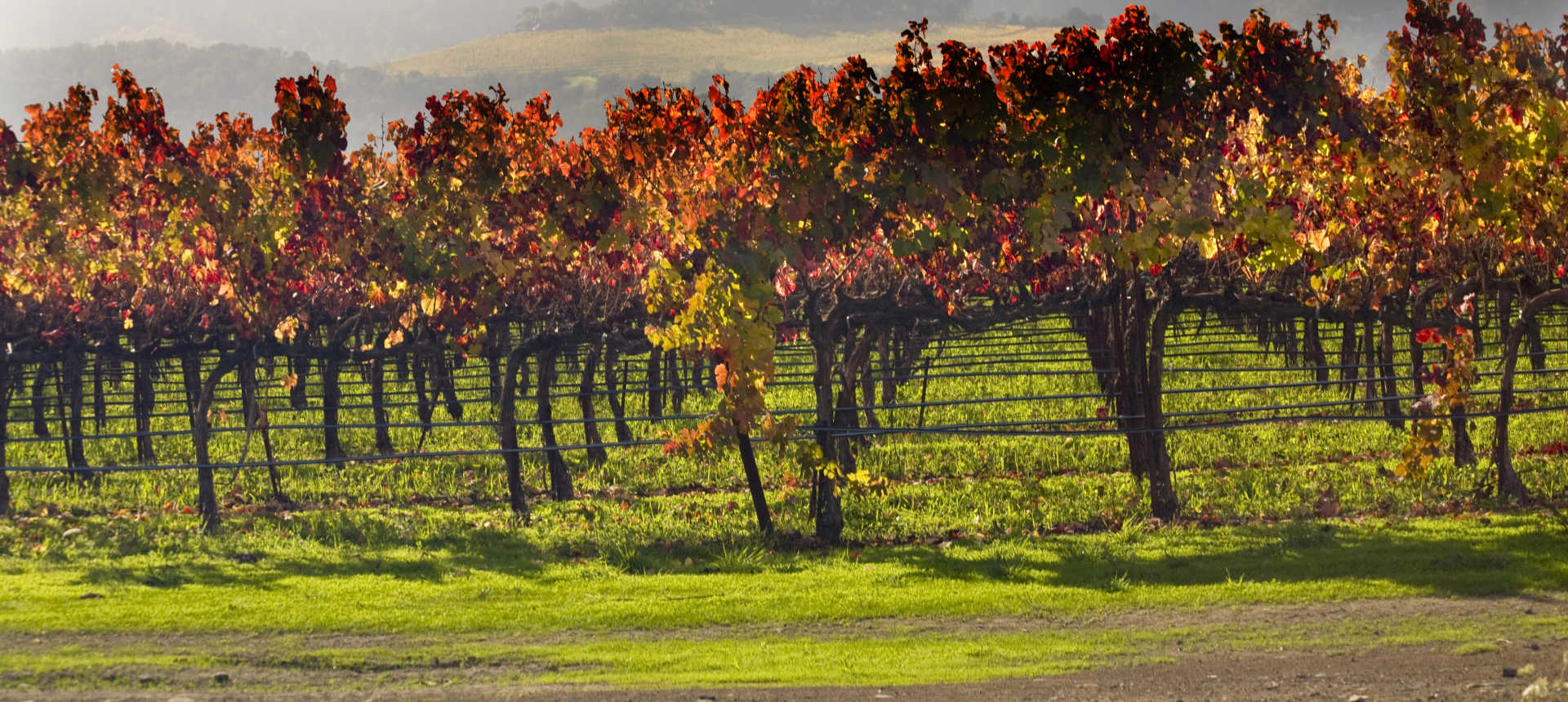
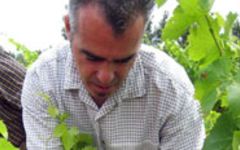
—Robert Parker, The Wine Advocate
From robust Côtes-du-Rhône to memorable Chateauneuf-du-Pape, Clos du Caillou wines arguably represent some of the finest values in all of France. Proprietor Sylvie Vacheron and winemaker Bruno Gaspard are keeping the great work of the late Jean-Denis Vacheron alive with wines that are heady, robust and mouth-wateringly lush.
Caillou tends wonderfully old Grenache vines, some of which are 70 to 100 years old. With older Syrah and Mourvèdre added to the mix, it’s no wonder that Caillou wines are across the board impressive for their power, extract and deep minerality. The estate’s Chateauneuf terroir borders the impressive domaines of Chateau Rayas and Beaucastel.
Yet many of the Vacheron-Pouizin family's old vines are classified, by a quirk of 1923 politics, Côtes-du-Rhône and Côtes-du-Rhône-Villages. It’s why our Côtes-du-Rhône barrel selections show surprisingly like its kin in Chateauneuf-du-Pape.
In 1996 Jean-Denis Vacheron took full control of the viticulture and élévage at this estate. Under his stewardship, the wines of Caillou steadily gained stature, and today are benchmarks for the appellation. He understood that temperature-controlled fermentation and a cool, clean cellar are necessary to craft wines with refinement and true complexity.
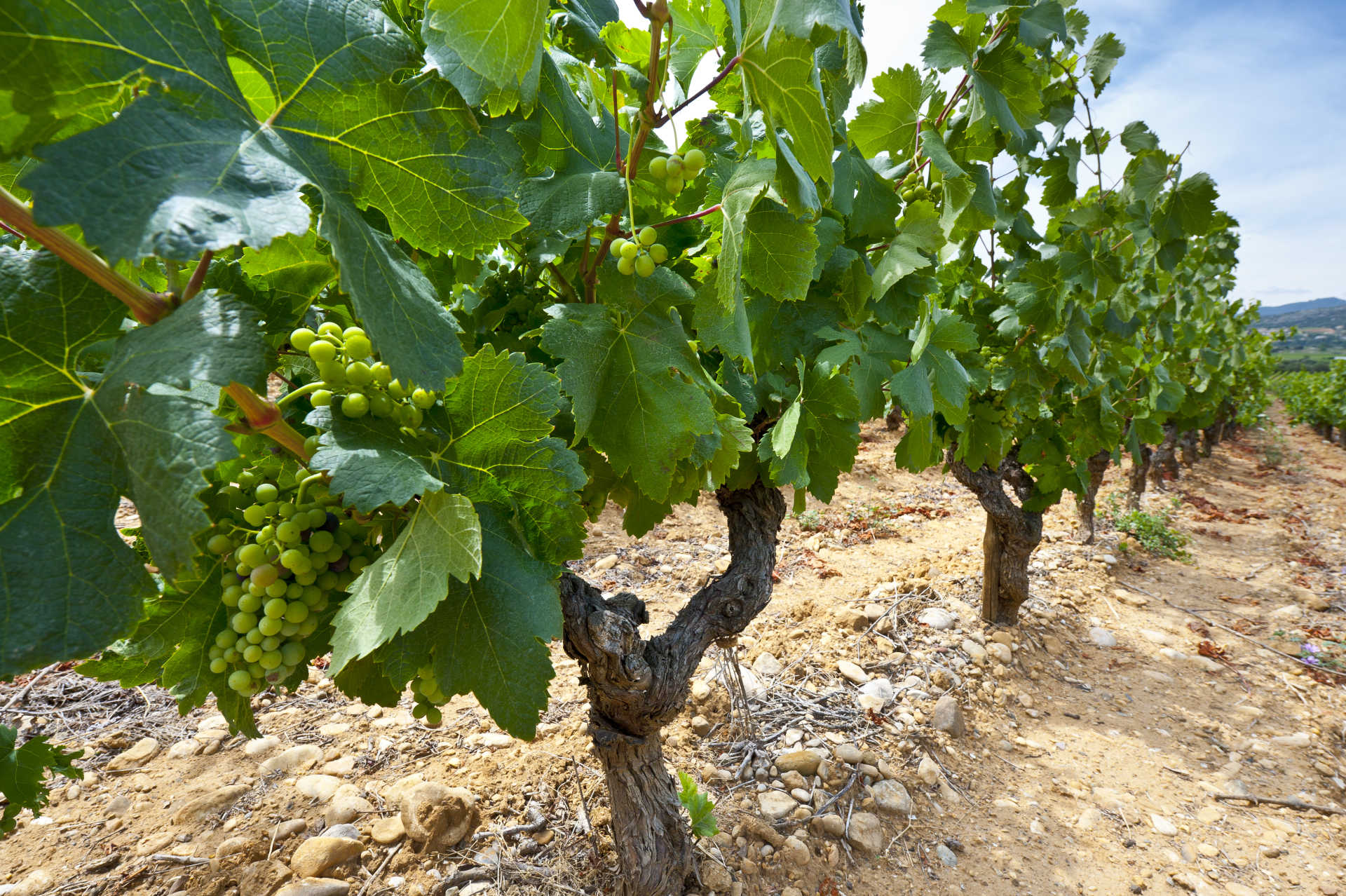
Full-bodied and flavorful, white Rhône blends originate from France’s Rhône Valley. Today these blends are also becoming popular in other regions. Typically some combination of Grenache Blanc, Marsanne, Roussanne and Viognier form the basis of a white Rhône blend with varying degrees of flexibility depending on the exact appellation. Somm Secret—In the Northern Rhône, blends of Marsanne and Roussanne are common but the south retains more variety. Marsanne, Roussanne as well as Bourboulenc, Clairette, Picpoul and Ugni Blanc are typical.

Famous for its full-bodied, seductive and spicy reds with flavor and aroma characteristics reminiscent of black cherry, baked raspberry, garrigue, olive tapenade, lavender and baking spice, Châteauneuf-du-Pape is the leading sub-appellation of the southern Rhône River Valley. Large pebbles resembling river rocks, called "galets" in French, dominate most of the terrain. The stones hold heat and reflect it back up to the low-lying gobelet-trained vines. Though the galets are typical, they are not prominent in every vineyard. Chateau Rayas is the most obvious deviation with very sandy soil.
According to law, eighteen grape varieties are allowed in Châteauneuf-du-Pape and most wines are blends of some mix of these. For reds, Grenache is the star player with Mourvedre and Syrah coming typically second. Others used include Cinsault, Counoise and occasionally Muscardin, Vaccarèse, Picquepoul Noir and Terret Noir.
Only about 6-7% of wine from Châteauneuf-du-Pape is white wine. Blends and single-varietal bottlings are typically based on the soft and floral Grenache Blanc but Clairette, Bourboulenc and Roussanne are grown with some significance.
The wine of Chateauneuf-du-Pape takes its name from the relocation of the papal court to Avignon. The lore says that after moving in 1309, Pope Clément V (after whom Chateau Pape-Clément in Pessac-Léognan is named) ordered that vines were planted. But it was actually his successor, John XXII, who established the vineyards. The name however, Chateauneuf-du-Pape, translated as "the pope's new castle," didn’t really stick until the 19th century.
